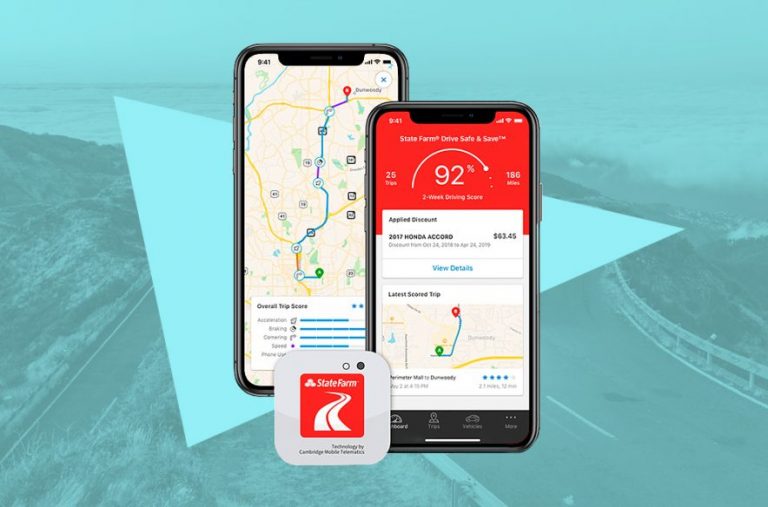Flexible tracker mortgages combine flexible repayment options with an interest rate that tracks the Bank of England Base Rate.
Flexible tracker mortgages offer several benefits to the borrower: you have financial freedom and control because you can make overpayments, underpayments, and payment holidays, according to your financial situation. This is a particularly attractive option for self-employed workers and commission-only workers who have an unpredictable income.
With a flexible type of mortgage, you can save yourself a lot of money if you are able to overpay on your monthly repayments, either on a regular basis or from one-off lump sum payments. The consequence of making overpayments is your mortgage is paid off early and thousands of pounds can be saved in interest payments a feature that is attractive to everybody! Underpayments and payment holidays (normally allowed when a set number of overpayments have been made) are a useful feature, but can prolong the life of the mortgage.
Flexible tracker mortgages also track the Bank of England Base Rate. When the Base Rate is lowered, your mortgage interest rate will follow suit, and the changes are effective as soon as the Base Rate changes are announced. However, if the Base Rate increases, your mortgage interest rate increases. With a tracker, your monthly repayments tend to keep changing more than any other type of mortgage. The downside with a tracker, it has no upper limit; there isn’t a cap for how high the interest rate can go.
Many tracker mortgages only run the tracking element for a limited time, (anything from 1 to 10 years) before the mortgage is reverted to the lender’s standard variable rate of interest (SVR). If you are considering a flexible tracker mortgage for a short period, you need to find out what the SVR is likely to be once you’ve stopped using the tracker feature. A standard variable rate mortgage means the interest rate is set by the individual lending company and it is their decision as to whether they pass on the Bank of England’s rate change to their customer.
A tracker mortgage can offer very competitive rates, but if you’re on a tight budget and can’t withstand any increase in your monthly mortgage repayments, then you’d probably be safer with fixed rate mortgage instead. A tracker mortgage is probably best suited to people who enjoy a little more risk in their lives.
When it comes to choosing a flexible tracker mortgage, choose one that doesn’t have an Early Repayment Charge (ERC). ERCs are normally charged as a percentage of the outstanding amount owed on your mortgage (approximately 3%). This charge can easily run into thousands, especially if you have a large mortgage.
It is important to look at flexible tracker mortgages as a whole deals with the lowest rates may initially look attractive, but they often have the highest fees. And, the lowest rate deals may come with a lower Loan-to-Value (LTV). The LTV is the ratio of the amount of money you can borrow compared to the value of the property. To be eligible for the lowest rates, you may need a larger deposit or a larger amount of equity in your home.
To determine if flexible tracker mortgages are the right option for you, it is worth consulting an independent mortgage broker. They are trained professionals with a wealth of knowledge and experience to find the mortgage that best suits you needs.
In conclusion, flexible tracker mortgages are ideal for borrowers who want flexibility with their mortgage repayments, and have their mortgage interest keep pace with the Bank of England Base Rate.











+ There are no comments
Add yours